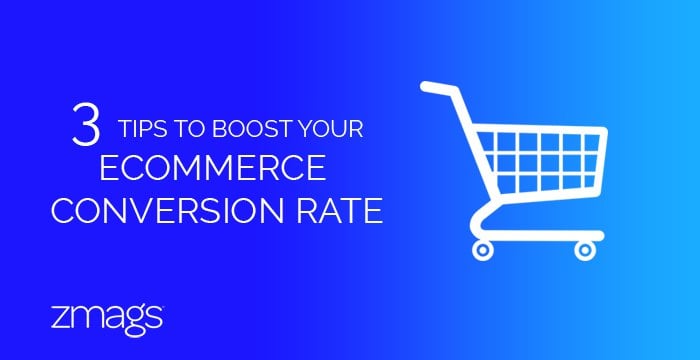Increasing Your Ecommerce Conversion Rate


Sharing perspectives on the latest trends and tips to help eCommerce brands stay ahead to engage and drive revenue.
Brands have a whole host of digital marketing goals to meet: engagement metrics, long-term loyalty, a dynamic brand image, the list goes on. But for many, especially during busy seasons like the holidays, their goals usually boil down to one measure of success: the ecommerce conversion rate. How is your brand encouraging conversions? Below, we break down three effective ways to boost your ecommerce conversion rate, and deliver a rich and streamlined path to purchase.